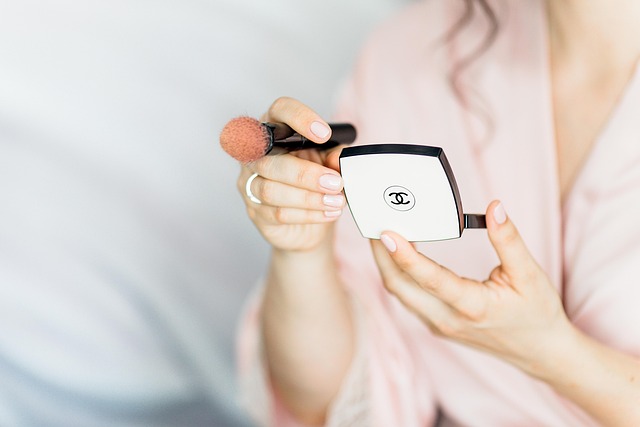Every brush stroke tells a story; it speaks of the passion, the struggles, and the joys of the artist. In the vibrant world of painting, the fine arts uniquely capture the essence of culture and emotion, offering us a glimpse into varied experiences through colors, textures, and forms. Each time a brush touches the canvas, it brings forth a dance of creativity that connects the artist’s inner world with the outside.
The act of painting is not merely a mechanical application of pigment; it is an intimate conversation. The brush becomes an extension of the artist, translating thoughts into visual language. In modern art galleries, we often find ourselves contemplating how individual brush strokes carry the weight of historical context, cultural significance, and personal narrative. The layering of paint symbolizes not only the complexity of the subject but also the deep, intricate tapestry of culture that surrounds us.
When exploring fine arts, one quickly realizes that paintings often go beyond aesthetic pleasure. They provide a lens through which we can observe cultural evolution. Each era’s artistic trends reflect society’s values, challenges, and prevailing philosophies. From the bold, expressive strokes of the post-impressionists to the minimalist precision in contemporary works, brush techniques evolve, yet they always serve to enrich our understanding of the time, place, and people who lived it.
Art is a universal language, transcending barriers of communication and geography. It invites us to experience life through different cultural lenses. Consider the fine arts movement known as Orientalism, where Western artists were captivated by Eastern cultures. Their brush strokes evoke a fascination that helps us connect with worlds that might seem distant. Likewise, Indigenous art offers us a rich narrative of history and tradition, often painted into the very fabric of everyday life. Each brush stroke in these paintings embodies a rich ancestry and heritage.
Moreover, the cultural implications of art today are incredibly pertinent. With globalization, artists today embrace a melting pot of influences, enriching their work through diverse techniques and styles. From the brush strokes that celebrate the vibrant hues of African tribal art to the subtle nuances found in Asian calligraphy, art remains a dynamic expression of identity and collective memory.
However, the exploration of painting and fine arts is not confined to traditional methods. Digital painting has introduced a new palette of opportunities for artists, challenging the conventions of brush and canvas while keeping the essence of creativity intact. Artists wield their digital brushes to create visually stunning pieces that reflect contemporary culture. Social media platforms have transformed the way artists share their work, enabling them to produce and showcase art that resonates globally.
Beyond mere visuals, the emotional gravity of a brushstroke holds the power to challenge perceptions and provoke thought. Each artwork encourages introspection; each stroke holds potential stories waiting for the viewer to interpret. In this way, the brush becomes not just a tool, but a mighty instrument of social commentary, stirring conversations around identity, race, gender, and politics. It unravels narratives that might otherwise remain unheard.
As we journey deeper into the realm of painting and fine arts, we realize how vital these expressions are in shaping culture. They leave indelible impressions, inspiring future generations of artists to pick up their brushes and share their own stories. As art enthusiasts, it’s essential to engage with these cultural artifacts, appreciating the skill, emotion, and history behind each brush stroke, thereby ensuring that the dialogue between artist and observer continues to flourish.




